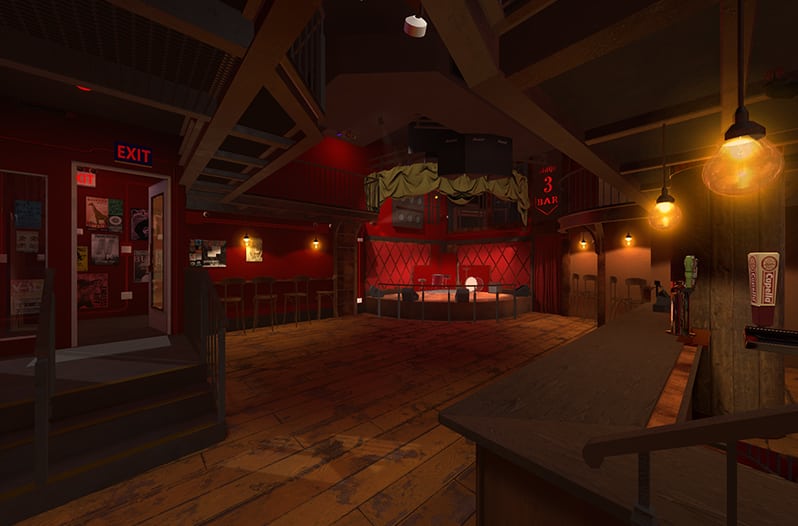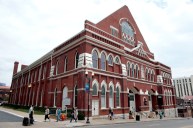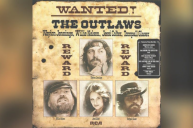"Virtual Reality" has been a Sci-Fi fantasy for nearly a hundred years. But take a stroll through an electronics store lately and you'll realize we're closer to the technology than ever before.
From something as simple as popping your smartphone into an affordable headset (like Google Cardboard) to building full scale VR systems to process high-end experiences, VR is now as real as ever. And it's not just about video games. The virtual reality experience now includes everything from interior design to healthcare and live concerts.
But what does it mean, and how will it affect the way we experience music?
Connected Like Never Before
On a very rudimentary level, VR headsets allow fans to experience music when they otherwise wouldn't. Michael Hodson, CEO of OnlyInVR, says the technology can greatly reduce the costs and logistical problems of experiencing live music.
"If a ticket for a great seat to a show is $150 and you've got a family of four, that can be a prohibitive expense," Hodson tells Wide Open Country. "Or let's say you live in Des Moines, Iowa. Artists may not play anywhere within 250 miles of Des Moines. VR can provide a concert experience for people who wouldn't get to do it normally."
Hodson's company focuses on capturing those concerts for viewers. But they also want to provide an opportunity for fans to go behind the scenes. "I actually think the non-concert stuff is potentially more exciting than the concert stuff," Hodson says. "The opportunity to go onto the tour bus or in the recording studio with your favorite artist. With VR and 360 video, artists can allow fans opportunities they logistically couldn't before, if they want to."
On a practical level, you've probably already experienced some of what 360 video offers either via Facebook or YouTube. But when you've got a headset, perfectly mixed audio and content designed to be viewed in virtual reality, the experience goes to a whole new level.
A New Level Of Socialization
One of the big issues facing VR is the feeling of being disconnected from the real world. As soon as you put on a virtual reality headset, it's like the rest of the world around you completely disappears. But when it comes to music and VR, companies are working to make the experience an extension of reality. Not to mention a social one.
"The industry as a whole has been overcomplicating VR for quite some time now, but we're on the other side of the fence," says Jillian Kelleher, Marketing & Community Engagement Manager for Endless Riff. "We have to help consumers ease into this whole VR thing. Developers are so busy creating virtual trips to Mars with alien avatars that they're missing out on the necessary opportunity to create community through simple, shared experiences in VR. Or as we like to call it, 'Social Immersive Video.'"
Endless Riff is a platform aimed at creating a music community in a virtual environment. It allows users to hang out with their friends in VR at different festivals and venues where you see artists perform up close and personal. In the platform, users can talk to each other and become friends in a virtual space, almost always in situations focused around music discovery.
Endless Riff's target audience isn't necessarily who you'd think, either. "We aren't targeting millennials or the EDM/DJ market," Kelleher says. "We are focused on live music, indie rock & jam bands. Think Relix Magazine, parents with kids who don't get out as much as they used to, but still deserve to have some fun with their friends. That is our audience."
Not surprisingly, that plays well for the Country, Americana and Roots audiences, too.
"Strangely enough, when it comes to attention economics in music, VR functions more like an analog experience than you'd expect," Kelleher says. "Inside your headset you're less connected to your immediate surroundings, but you're fully immersed in the VR experience and digest content in a very linear way. It's refreshing how memorable the experience becomes."
That's a proposition that could certainly win over artists growing increasingly irked at the number of fans staring at their phone screens during shows. "What gets me so excited and revved up is that you have someone's full attention in VR if you want it," Kelleher says.
Extending The Experience
Right now, there are only a few music venues that offer VR experiences for the apps. Endless Riff, for instance, created a virtual representation of New York City's famous Rockwood Music Hall. So when users jump in, they're watching a concert as if they were at the Rockwood.
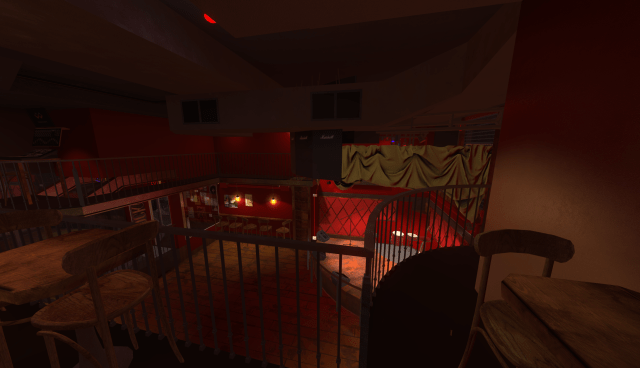
The Rockwood Music Hall in New York City as seen on the Endless Riff platform.
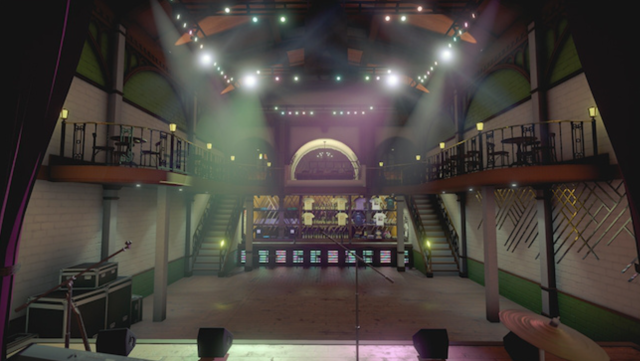
The virtual reality version of the Bowery Ballroom in New York City.
In Nashville, non-profit organization H.O.M.E. (which stands for Helping Our Music Evolve) hosted an opportunity for a select group of people to experience the app. Founder Logan Crowell says H.O.M.E. is all about helping incubate and accelerate the next big things in the music industry, and that's why they're embracing virtual reality.
"I think it would be really cool for people to model this facility," Crowell tells Wide Open Country. "Then users could put on a headset and walk into the studio and sit down next to a Grammy-winning producer to watch them work."
The technology is also aligned with H.O.M.E.'s mission, which includes creating great networking opportunities for creatives. Without the boundaries associated with the old model of the music industry.
Crowell also brings up the fact that a lot of bands are building audiences on streaming services like Spotify. And because those audiences are fragmented by nature, VR could provide an opportunity for music fans across the globe to connect thanks to their mutual love of a band.
As for H.O.M.E., the facility is going to make it easy for any band that wants to offer a performance in virtual reality — whether they have a million followers or only a few dozen — to do it from their space in Nashville.
Limitations
There are, obviously, a few limitations to the mass adoption of VR as a new, engaged way to consume music. Not the least of which is educating people on how easy it is to use. "I think the biggest hurdle is getting people to understand what VR is," Kelleher says.
Besides its "futuristic" stigma, VR did start as a very expensive medium. When the first high quality virtual reality systems came out a few years ago, you pretty much had to have a top-of-the-line computer. And that was before forking over anywhere from $600 to $1,000 dollars for the wired headset.
Now?
You can experience virtual reality technology without a computer on headsets closer to $200. "The biggest hurdle is people buying the headsets," says Hodson. "But luckily for us, the people tackling that problem are massive companies with huge budgets to get the technology right."
Several companies design high-end VR devices. Those include HTC (HTC Vive), Oculus VR (Oculus Rift), Sony (Playstation VR for the Sony Playstation 4), Samsung (Samsung Gear VR) and others. That doesn't even include Microsoft and Apple, who most experts expect to jump into VR in a big way.
Which means its up to other companies to make the content and experience as interesting as it can be.
If done right, there's a good chance many American households will have a VR headset. You'll likely find it right next to the TV remote and the iPhone on the coffee table. And that's a really exciting proposition for fans, artists and developers alike.
